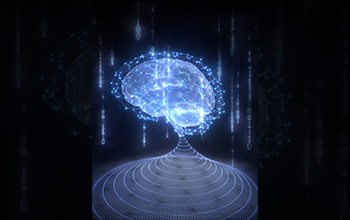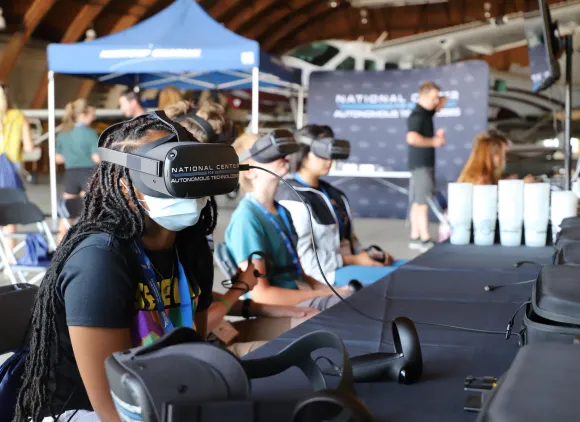This collection of lessons, videos and web resources is aimed at classroom teachers, their students and students' families, offering valuable insights into foundational and innovative technology concepts.
 On this page
On this page
Lessons and activities
Scratch
For educators, parents and students (grades 2–12)
Learn the fundamentals of coding language and build mathematics, computation and problem-solving skills.
ARIN-561
For students (grades 9–12)
This game allows players to explore a strange new planet as a crash-landed astronaut while also introducing them to foundational artificial intelligence concepts through visual and interactive tutorials.
TeachEngineering
For educators (grades K–12)
Explore a comprehensive suite of K-12 curriculum resources that integrate hands-on engineering design with technology concepts to enrich student engagement and learning. Popular lessons include "Red Rover Robotics" and "Circuits," designed to foster critical thinking and innovation.
Code.org
For educators and students (grades K–12)
Code.org offers free, high-quality curriculum resources for K–12 classrooms focusing on computer science and coding skills. Through engaging exercises and games, students learn essential skills like problem-solving, algorithms and basic programming languages.
FIRST Robotics
For educators (grades 9–12)
The FIRST Robotics program brings students and educators together to design, build and program robots in a competitive and collaborative environment. Students develop hands-on tech and engineering skills and cultivate teamwork and creativity, making real-world connections in STEM.
Videos
What is Artificial Intelligence?
AI is becoming a way of life, with new systems and uses popping up every day. Michael Littman, division director for Information and Intelligent Systems at the U.S. National Science Foundation, talks about the early days of the field and how humanity has a role to play in developing the AI of the future.
Quantum — Unlocking the Power
Quantum science has the potential to revolutionize the world. Explore qubits, entanglement, super position and quantum computing and learn how quantum computers can solve countless problems.
What is a Robot?
What could be a robot? How is soft robotics changing our viewpoint of what is considered robotics? Rebecca Kramer-Bottiglio, an engineer working in robotics at Yale University, discusses her work in soft robotics.
Explaining Nuclear Fusion
What is nuclear fusion? What is its potential? Vyacheslav (Slava) Lukin, program director for the NSF Plasma Physics program explains how the Department of Energy's recent nuclear fusion breakthrough could impact our future.
Images

Credit: Di Wang and Dmitri Talapin/University of Chicago

Credit: Xiaodong Yan/Northwestern University

Credit: Brian Long, Senior Artist, UCSB

